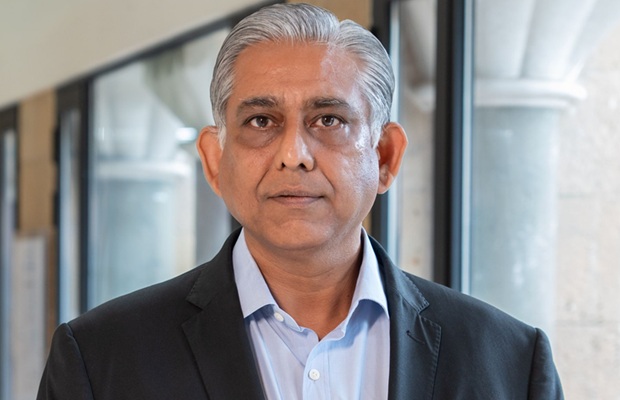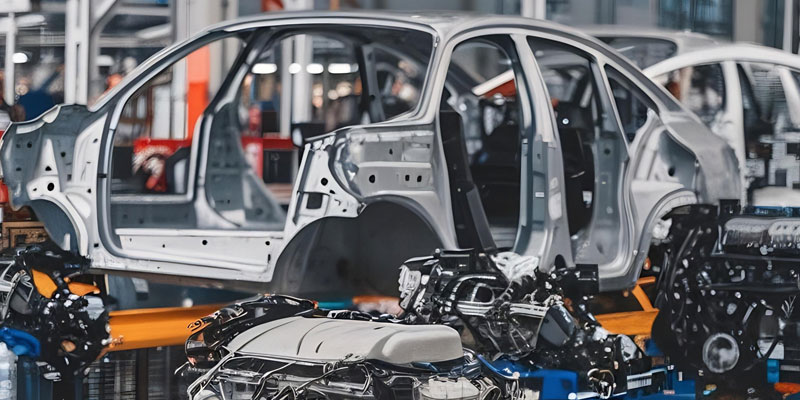Schedule a Call Back
3i EXPO Webinar: Industry 4.0 for Manufacturing Sustainably
 Industry News
Industry News- Mar 24,22
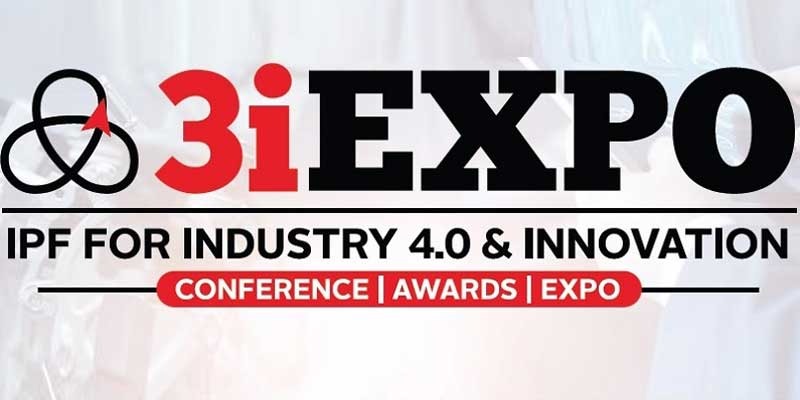
The government of India has launched Aatmanirbhar Bharat scheme with an intention to make India self-sufficient and be a leading supplier to the global manufacturing industry. With this, the Government aims to make the country a global manufacturing hub. However, India will have to achieve this goal in a sustainable manner.
As highlighted in the United Nations Sustainable Development Goals, sustainability has to be the core business strategy for the future. Sustainable manufacturing is defined as production using processes that (a) Minimise negative environmental impacts; (b) Conserve energy and natural resources; (c) Are safe for employees, communities and consumers; and (d) Are economically sound. In short, it means industrialisation with minimum impact on the environment. That’s where Industry 4.0 comes in. Some researchers estimate that Industry 4.0 technology alone could reduce emissions by up to 15% by 2030.
Against this background, IPF hosted a webinar - titled “Industry 4.0 for Manufacturing Sustainably†- to dive deeper into how Industry 4.0 can help in reducing carbon footprint and achieving the Sustainable Development Goals. Panellists for panel discussion included industry experts like Abhishek Das, Director (Technology and Digital Risk Consulting), EY; N D Mhatre, Director General (Technical), Indian Textile Accessories & Machinery Manufacturers' Association (ITAMMA); Rajeev Solanki, DGM (Manufacturing Technology & Process Development), Schneider Electric; and Zurvan Marolia, Senior Vice President, Godrej & Boyce.
This panel discussion was a part of webinar series for 3i Expo 2022 - which is being organised by IPF from May 20-21, 2022 at Nehru Centre, Mumbai. The 3i EXPO - which stands for “IPF for Industry 4.0 and Innovations†- aims to bring all the stake-holders of Industry 4.0 on one platform. This year Maharashtra Industrial Development Corporation (MIDC) will be the Presenting Partner for 3i EXPO.Why green processes are must?
Explaining the importance of sustainability to the industry, Zurvan Marolia said, “India has achieved 25% reduction in the emission intensity of the GDP already from the base year of 2005 up to 2016 and is well on the path to achieving a 40% reduction by 2030. We have committed to doubling energy productivity by 2030, using FY2017 as a base and aim to reduce carbon intensity by 60% in 2030. All our plants are water positive which is another very important aspect and we are at nearly zero waste to land fill.â€
The manufacturing sector contributes about 16-17% of India's GDP. As the contribution of manufacturing sector increases more emphasise should on reducing carbon footprint of the sector. “To achieve the committed national targets of reducing emissions, we have to increase the use of renewable energy and discard all emission-related energy production systems. We offer eco-friendly products and employ green manufacturing processes. Sustainability revolves around 3 R's but Schneider has 5 R’s, i.e. reduce, reuse, recycle, replace and reengineer,†said Rajiv Solanki.
Abhishek Das stated, “Our benchmark is to be carbon-zero by 2025 and we feel proud that in 2021 we were carbon negative and sustaining it further. Today, manufacturing is one of the biggest contributors to emission with 31%. Technology can play a massive role in lowering it.â€
Being one of the big contributors to greenhouse gases emission, the textile industry is taking various steps to reduce their carbon footprint. “Textile industry is one of the biggest employment generators. Within the textile industry, there is spinning, weaving and processing. The main greenhouse emissions come from the wet processing industry where the consumption of water, dyes and chemicals are more. Of the three, weaving segment employs the maximum manpower. Automation happens only in the shuttle-less looms but constitute hardly 0.4% of the industry. For sustainability, we have to focus on the handloom industry. But to control emissions, we have to concentrate on the processing industry,†said N D Mhatre.
For cleaner production application, the industry needs to focus on reducing waste & resource consumption, reusing/recycling and product modification. “Harmful synthetic dyes should be replaced with eco-friendly dyes. Equipment modification should produce less waste and ensure more effective and efficient production process using modern and efficient technologies. While waterless dyeing is a good option, recycling machines can be used to convert waste fibres and yarn to useful raw material,†said Mhatre.
Speaking about the parameters needed to set up the green/sustainability goals for manufacturing companies, Solanki said, “Schneider has a simple 3- step approach: strategise, digitise and decarbonise. Strategising measures the enterprise baseline and creates the decarbonisation road map right from product design till product manufacturing and the entire supply chain. Then we structure the program and governance around that particular road map and communicate the commitment right from top to bottom. Digitisation covers everything from product design to manufacturing, testing, and deployment in the customer's area. We monitor resources usage and emissions at product level. Also, we identify the saving opportunities at every level, report and benchmark the progress over a period of time.â€
Decarbonisation entails trying to automate everything. “We even automated batch production - considered unachievable earlier - to offer good variety and made-to-order systems, using a fair number of robots, and other tools with minimum energy requirement. Also, we are discarding fossil fuel and adopting renewable energy resources. We engage the entire value chain to achieve the targets at the company levels in India and globally well before time,†stated Solanki.
Technology as an enabler
With rise in adoption of automation, the role of technology to reduce the carbon footprint has increased. According to Das, three areas where tech plays a role in sustainability and making the planet more liveable. “Firstly, with digitisation, work culture is going remote or online - unthinkable a few years back. During COVID, at least 50% of the companies transitioned seamlessly to work-from-home (WFH) concept only because we were equipped with the technology landscapes which could support easy and seamless movement. Secondly, automation is helping the eco system ramp up faster. It was IoT (Internet of Things) earlier, it is now IoE (Internet of Everything). Anything which has a sensor and an internet layer to that, becomes a smart device saving electricity. Thirdly, with analytics, AI and Machine Learning, predictive analysis has helped prevent failures and the ensuing wastage in terms of resources, time and also reduced the carbon footprint,†he said.
Industry 4.0 is a new era in manufacturing combining technology, robotics, AI, and automation to create an efficient and effective manufacturing process. “In the textile industry, we have seen that from man, material and machine, the machine has undergone lot of developments through Industry 4.0. The maintenance had two main aspects—cleaning and lubrication— which contribute to the major problems in the industry. Both are now automated and incorporate predictive maintenance. However, textile industry is vast and quite labour intensive. Hence, introducing such systems is not easy. Many improvements in machines have helped in reducing maintenance costs while enhancing productivity and product quality (by reducing downtime),†said Mhatre.
Marolia added, “The data that we garner today helps us monitor the performance and look at areas where we can reduce overall costs by improving the asset utilisation and maximising the output. A smart factory with IoT and Industry 4.0 allows better scheduling, better utilisation, and enhances the throughput of the plant. Maintenance too has grown from breakdown and preventive maintenance to predictive maintenance. Automation and Industry 4.0 bring consistency in quality through better control, monitoring equipment capability as well as equipment and process stability.â€
India will have to raise the manufacturing contribution of the GDP - from the current 14% to 25% - to make the sector more competitive and become the global manufacturing hub. Transportation is one of the contributors to emission. “Transporting the 3D design, instead of the goods to remote manufacturing locations closer to the customer market, can save tonnes of fuel and emissions; thus, reducing the carbon footprints. Maintenance and training for equipment is now carried out virtually. Augmented Reality and AI are also used to enhance the customer experience,†said Marolia.
According to Solanki, Industry 4.0 need not entail heavy capital expenditure. The machines tools, fitted with sensors, themselves are capable of evaluating their performance. “Machines have become smarter, and communicate with their respective teams everything related to their functioning and performance as part of predictive maintenance saving maintenance costs, preventing wastages and minimising down time. We use renewable packaging and have stopped single-use plastic and implement zero paper use from product design to product manufacturing,†he said.
Schneider closely works with partners and suppliers. “We train, mentor and sensitise them to our company targets and help them come up with new technologies related to supply chain. Schneider is developing many EV related products. We aim to have our own fleet by 2025 so that the transportation of component and product goes carbon neutral. We are implementing the new hub and spoke strategy wherein we integrate stockist, supplier and factories in such a way as to deliver order before time. By saving time, we save emissions,†said Solanki.
Related Stories
Are IIOT sales strategies holding up adoption of Industry 4.0 in manufacturing?
As Industry 4.0 matures, Industrial IOT (IIOT) platforms will be the backbone of digital transformation. But adoption depends as much on how they are sold as on what they deliver, write R Jayaraman ..
Read more
The data centre market growth and strategies to capture market share in India
India’s data centre market is on a steep upward trajectory, with a growth rate of 21 per cent annually, driven by cloud adoption, digitalization, and an explosion in data consumption. Being an eme..
Read more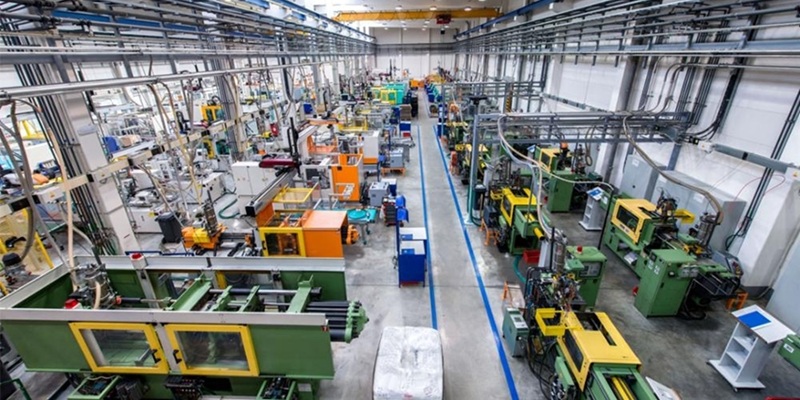
How MNCs are strategising to capture market in India
Today, the Indian MNC scene is changing vastly, with many new ones setting up shop in India. With China becoming less attractive, India is becoming the go to place, writes R Jayaraman and Firoz S Ri..
Read moreRelated Products
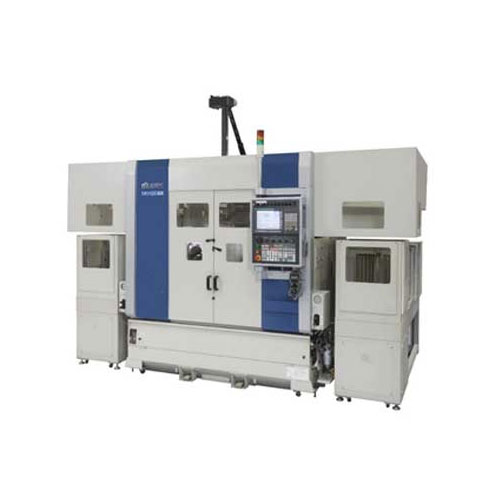
Compact Fmc - Motorum 3048tg With Fs2512
Meiban Engineering Technologies Pvt Ltd offers a wide range of Compact FMC - Motorum 3048TG with FS2512.
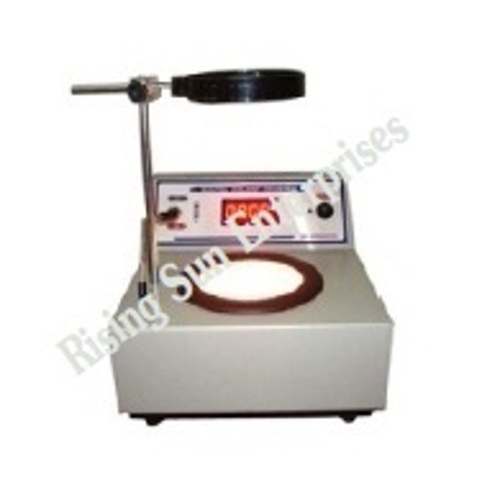
Digital Colony Counter
Rising Sun Enterprises supplies digital colony counter.
Robotic Welding SPM
Primo Automation Systems Pvt. Ltd. manufactures, supplies and exports robotic welding SPM.






